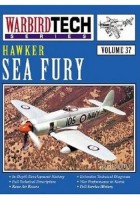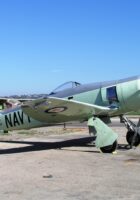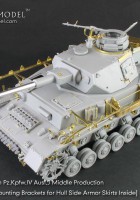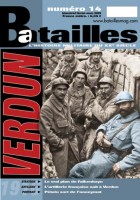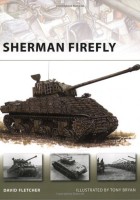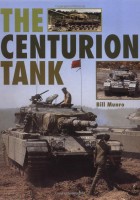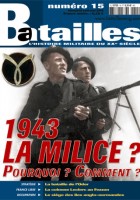
Histoire & Collections | |
|---|---|
| Série | Batailles |
| Sujet | 1943 La milice |
| Période | Seconde guerre mondiale |
| Réf | 15 |
Une revue signée Histoire et Collections la revue «1943 La milice, pourquoi ? comment ? – Batailles 15».
- Révolution Nationale : La milice française de février à août 1943
- Troupes d’élite : Les parachutistes hongrois
- France libre : La colonne Leclerc à la conquête du Fezzan
- Face à l’Armée Rouge : La bataille de l’Oder
- Stratégie : Objectif : Budapest
- Occupation : L’occupation allemande dans les îles anglo-normandes
- Chute du Reich : La bataille de Küstrin
- Front de l’Est : La défense allemande sur l’Oder
Source: Histoire & Collections
Views : 944
